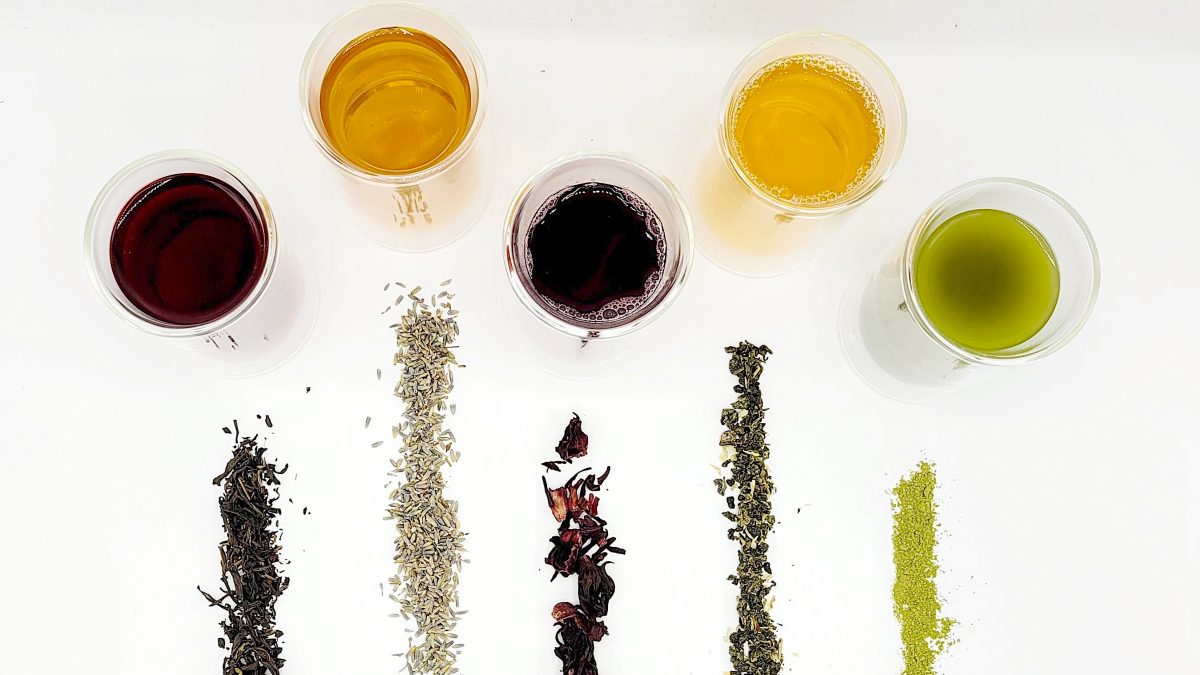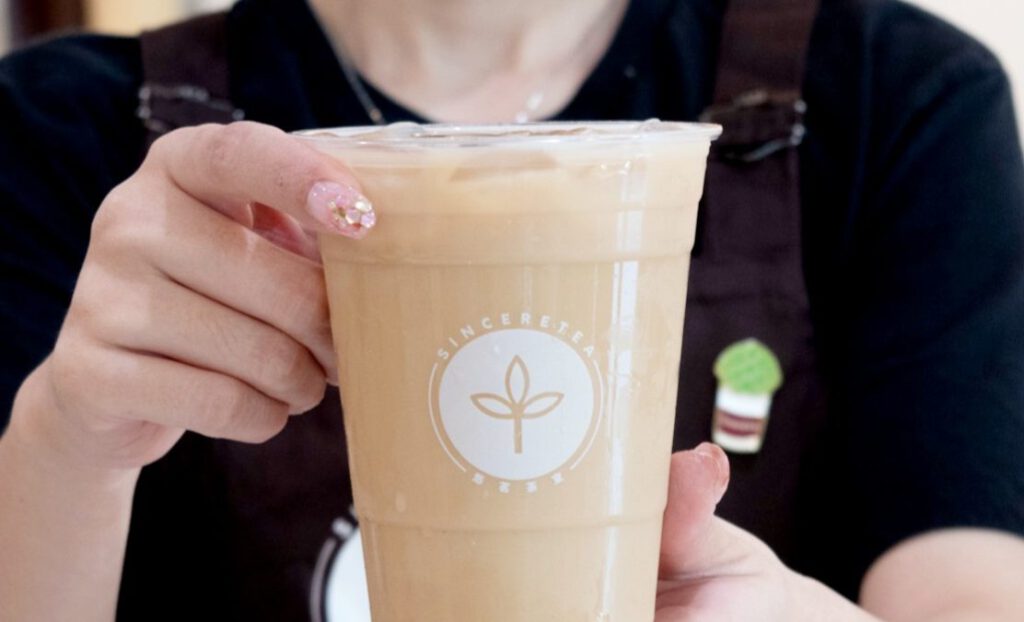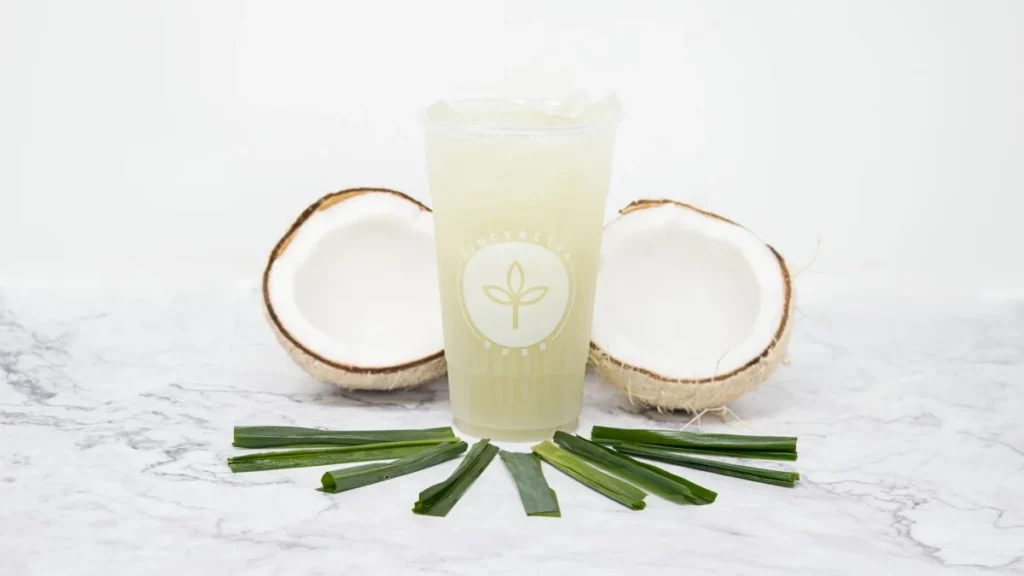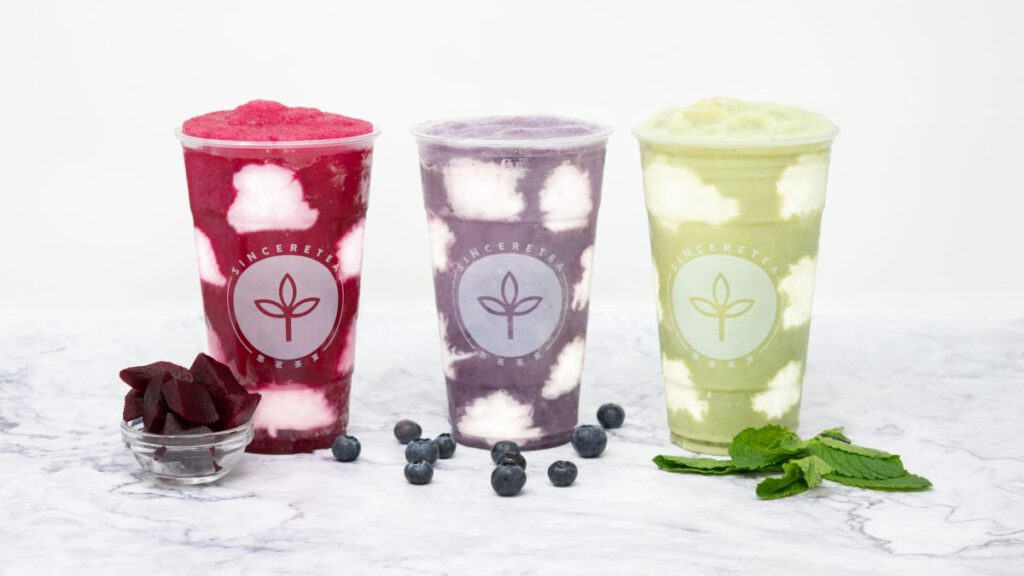What is tea? Tea is the world’s most popular beverage! Tea has been consumed for thousands of years and grown for hundreds. Teas can be categorized as either “true” teas or herbal infusions.
“True” tea comes from the leaves of the tea plant: Camellia sinensis. Depending on how the leaves are processed after harvesting, they are then made into green, black, or oolong tea.
Although herbal infusions/tisanes are also called “teas”, the key difference is that they do not contain any part of the Camellia sinensis tea plant. Instead, a mix of herbs, spices, or flowers are steeped in hot water. Our caffeine-free Lavender Lemonade is an example of a drink made with an herbal lavender tea.
Tea Production
PLUCKING > WITHERING > OXIDATION/KILL-GREEN > SHAPING > DRYING.
Tea leaves are plucked from the tea plant Camellia sinensis.The leaves are spread out on mats and left to wither. As the water evaporates from the leaves, reducing the moisture content to nearly half, they become soft and shapeable.
The next step depends on the type of tea being made, because the level of oxidation is what differentiates each style of tea. For oolong and black tea, the leaves are left to further oxidize. Oxidation is the chemical process where enzymes inside the leaf begin to react with the air, turning the leaf brown and releasing the compounds inside.
Making a quality tea comes down to stopping this reaction at the right moment. Kill-green is the process of applying heat to halt oxidation. For green tea, this is done immediately after the initial withering to lock in the “green” grassy flavor and color. Oolong and black tea have a longer period of oxidation before they reach this step.
The final stage for all tea is drying through panning, sunning, air drying, or baking. This helps further bring out the flavors and aromas, and removes the remaining moisture in the leaves to create a finished and shelf-stable product.
Green Tea
Green tea, produced mainly in China and Japan, undergoes the least oxidation and processing. After the leaves are plucked, heat is immediately applied to stop oxidation through steaming (Japan) or pan firing (China). Due to the differing heating methods, green teas produced in China have more nutty and toasted notes, while Japanese green teas tend towards more vegetal and herbaceous.
Green Teas in Our Shop
- Osmanthus Green Tea:
Light bodied with a floral, fruity and crisp taste. - Matcha Green Tea:
Medium bodied with an earthy aroma and a semi-sweet finish. - Organic Jasmine Green Tea:
Medium-bodied green tea infused with real jasmine flowers. - Organic Lavender Green Tea:
Light-bodied green tea infused with organic lavender.
Oolong Tea
Oolong, or “Wulong” tea, is a partially oxidized tea produced exclusively in China and Taiwan. More oxidized than green tea but less so than black tea, oolong teas can have the most variation within its category and ranges anywhere from 8-80% oxidation. Less oxidized types are reminiscent of a green tea, with light floral notes, whilemore heavily oxidized varieties will be strong and smooth, much like a black tea. Oolong teas produced in Taiwan tend to be more darkly roasted than those produced in China, with a more amber color and nutty flavor.
Oolong Teas in Our Shop
- Organic Roasted Oolong Tea:
A full-bodied, dark roast oolong tea with a nutty and caramel-like flavor profile.
Black Tea
Black teas are produced mainly in China, India, Sri Lanka, and Africa. Black tea is fully oxidized, which means the leaves are allowed to turn all the way brown before they are heated and dried. This lengthy oxidation period is what produces the high caffeine content and smooth, bold flavors in black tea.
Black Teas in Our Shop
- Organic House Black Tea:
A full-bodied blend of ancient black tea & oolong tea with a bright and honey-like flavor. - Earl Grey Tea:
A medium-bodied black tea with hints of citrus and bergamot - Thai Tea:
A light-bodied black tea blend with a slightly spiced aroma and smooth warm finish



